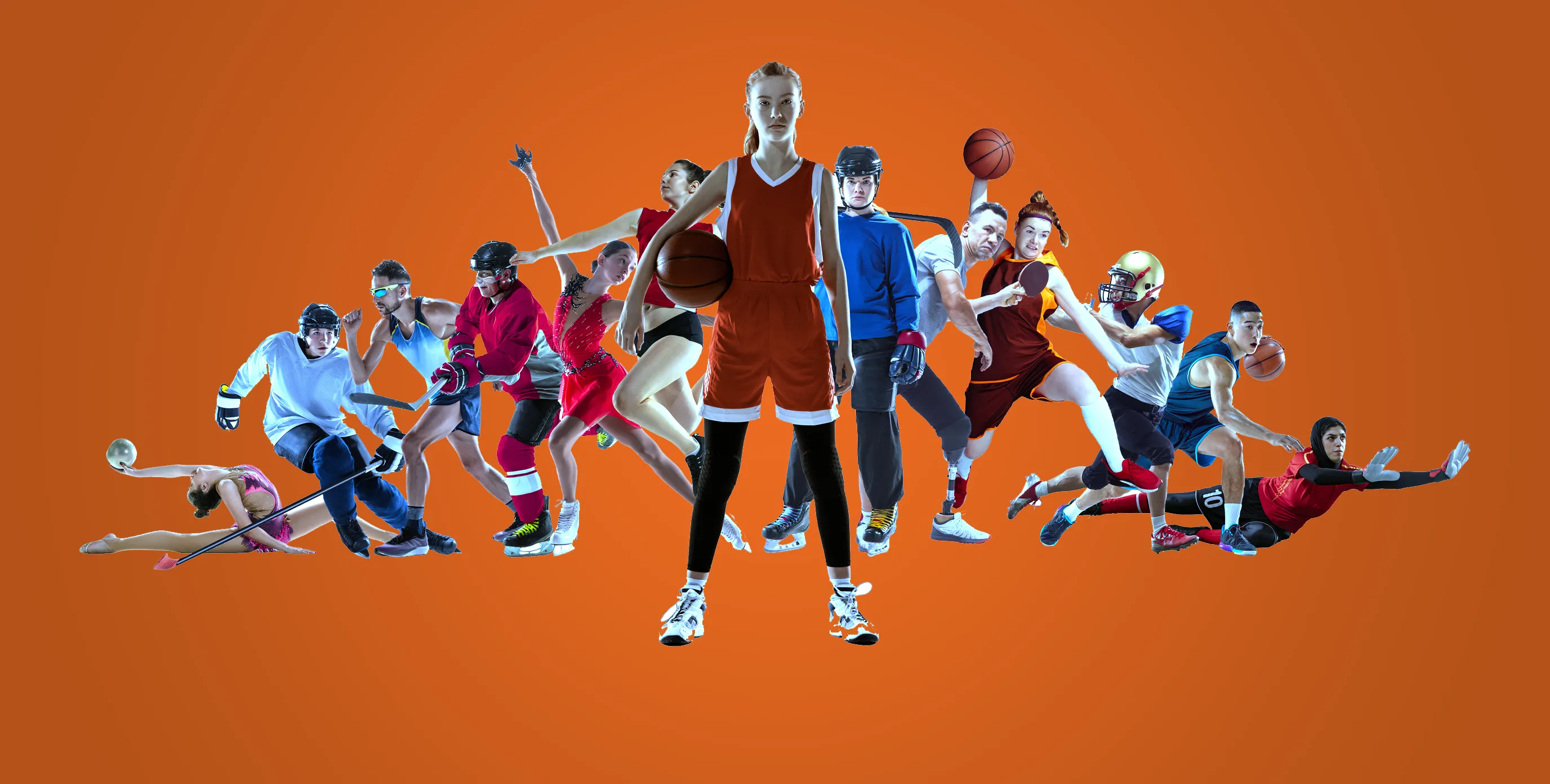"Return to sport" (RTS) refers to the process by which an athlete or individual recovers from an injury or medical condition and is able to safely and effectively resume participating in their chosen sport or physical activity. This process involves several stages of assessment, rehabilitation, and gradual progression to ensure that the athlete is physically capable of performing at a level that minimizes the risk of re-injury.
Return to sport is a comprehensive and systematic approach that takes into account both the physical and psychological aspects of recovery. It typically involves the collaboration of various healthcare professionals, such as sports medicine physicians, physical therapists, athletic trainers, and strength and conditioning specialists. The goal is to ensure that the athlete has regained sufficient strength, mobility, endurance, and sports-specific skills to safely participate in their sport again.
Return to Sport Protocol
The RTS process usually follows a structured protocol, which may include the following stages:
Injury Assessment and Diagnosis
Acute Treatment and Rehabilitation
Rehabilitation and Conditioning
Sports-Specific Training
Functional and Performance Testing
Psychological and Cognitive Readiness
Return-to-Play Decision
Monitoring and Follow-Up
Return to sport is a complex process that varies depending on the individual, the nature of the injury, and the sport involved. It emphasizes a balance between promoting optimal recovery and minimizing the risk of re-injury, ensuring that athletes can safely enjoy their chosen physical activities.


